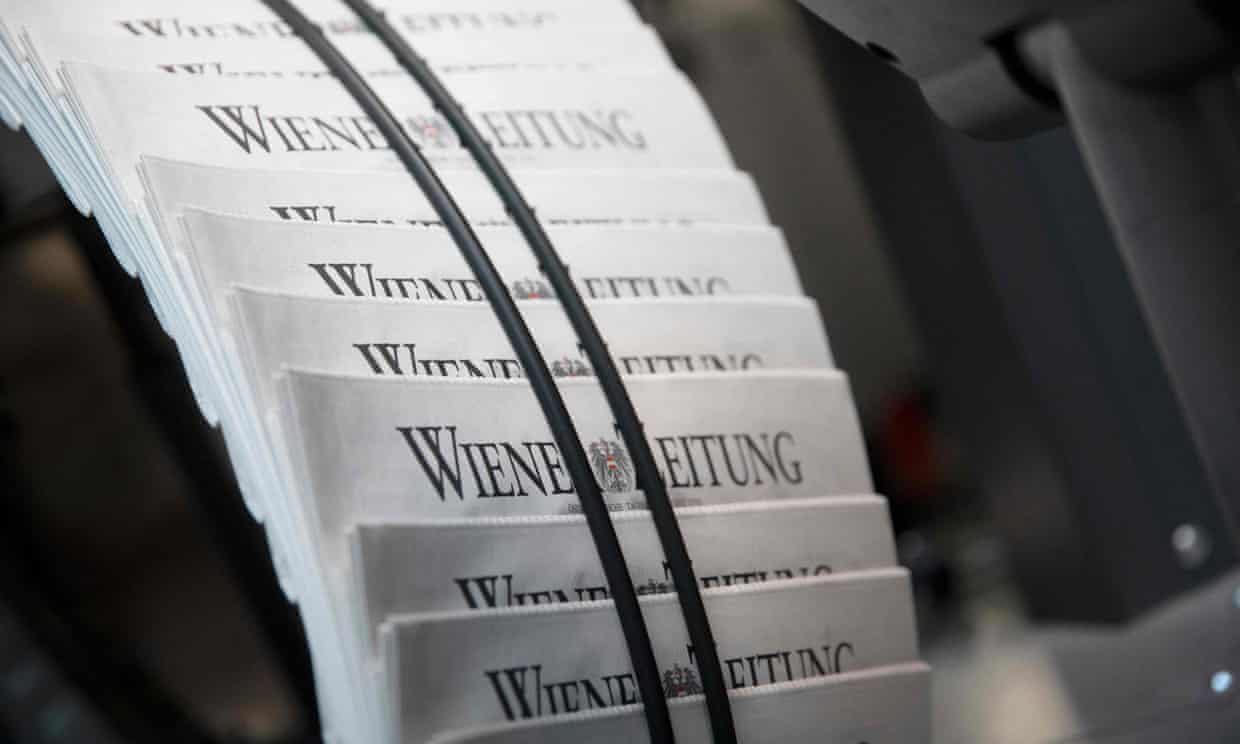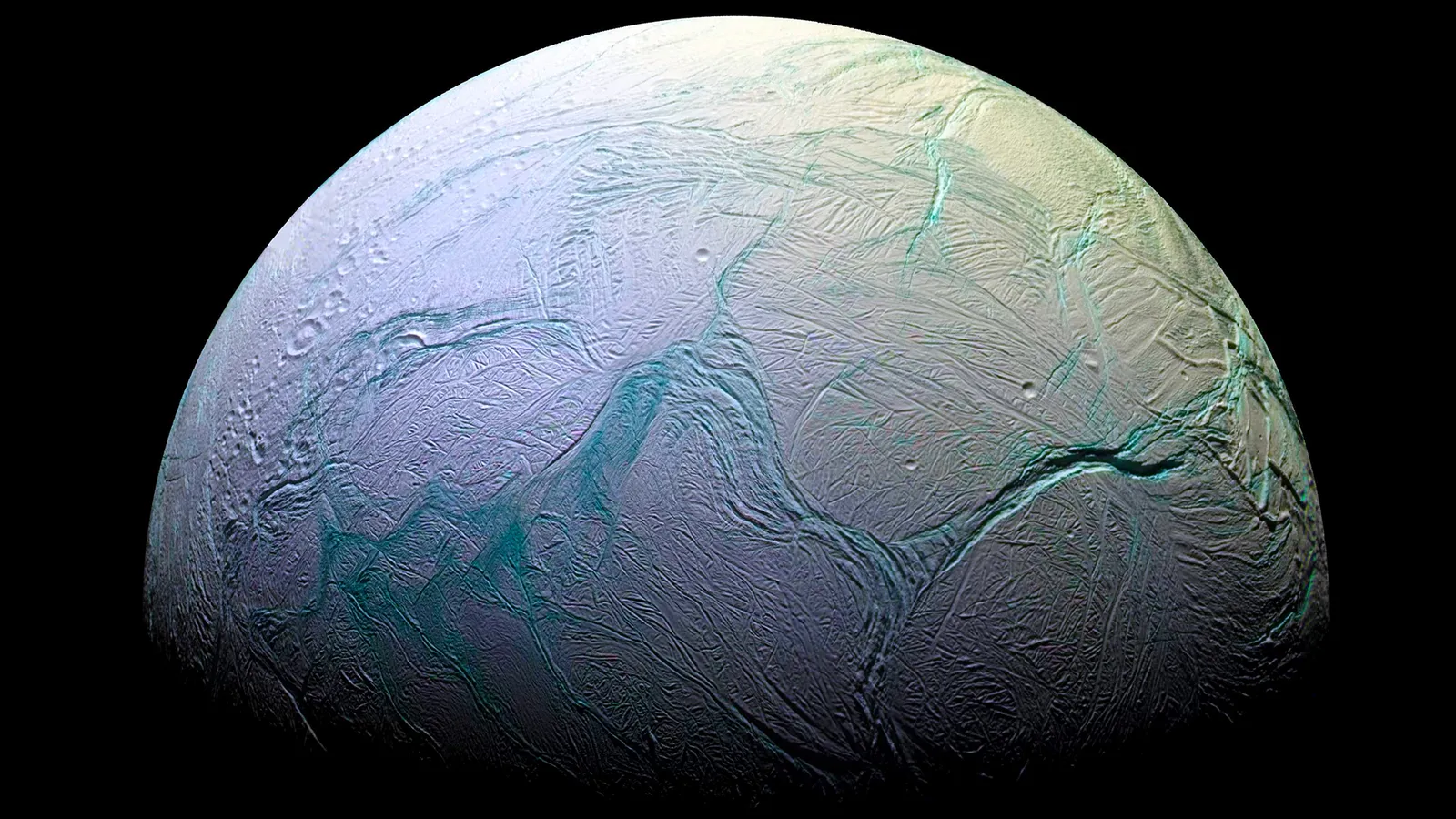Aspartame has been potentially linked to cancer
阿斯巴甜(代糖)可能與癌症有關
Health
Scientists are beginning to target a common sweetener which they believe has a potential association with cancer: aspartame. The artificial sweetener - widely used in thousands of products worldwide - is now under scrutiny by cancer experts at the World Health Organization (WHO). The International Agency for Research on Cancer (IARC), a WHO body responsible for evaluating the carcinogenic potential of substances, is currently in the last phase of an investigation that will determine whether aspartame can increase the risk of cancer in the population. The move to label aspartame follows a warning from the WHO in May this year that said artificial sweeteners were not a weight loss aid and in fact may raise the risk of diabetes, heart disease and death.
--from Euronews
科學家們正開始以一種常見的甜味劑為目標,他們認為這種甜味劑可能與癌症有關:阿斯巴甜。這種被廣泛用於全球數千種產品的人工甜味劑,目前正在接受世界衛生組織(WHO)癌症專家的審查。WHO裡負責評估物質潛在致癌力的機構—國際癌症研究機構(The International Agency for Research on Cancer, IARC),目前正處於調查阿斯巴甜是否會提高人們罹癌風險的最後階段。WHO今年5月針對阿斯巴甜發出警告說「人工甜味劑並非減重的輔助劑,事實上可能會增加患糖尿病、心臟病和死亡的風險。」。
--摘錄翻譯自Euronews
Hormone therapy for menopause linked to increased risk of dementia
更年期的賀爾蒙療法可能與失智症風險提高有關
HealthAbout 45% of all women globally use menopausal hormone — also known as hormone replacement therapy (HRT) — to help alleviate the symptoms of menopause. HRT has some known side effects, like migraine and nausea. Previous research also shows women who use certain types of HRT may increase their risk for stroke, gallbladder issues, and certain cancers, including breast and endometrial cancers. Now, researchers from Copenhagen University Hospital have found that menopausal hormone therapy is associated with an increased risk of dementia and Alzheimer’s disease. These findings contradict previous studies stating HRT may help lower a woman’s risk of developing dementia.
--from Medical News Today
全球大約45%的女性使用更年期賀爾蒙治療—也稱為賀爾蒙補充治療法(Hormone Replacement Therapy, HRT)—幫助緩解更年期症狀。HRT有一些已知的副作用,例如:偏頭痛和噁心。先前的研究也顯示,使用某些類型HRT的女性可能會增加中風、膽囊問題和罹患某些(包括胸部與子宮內膜)癌症的風險。現在哥本哈根大學醫院的研究人員發現,HRT與失智症和阿茲海默症的風險增加有關。這些發現與先前的研究所顯示「HRT可能有助降低女性患失智症的風險」互相矛盾。
--摘錄翻譯自Medical News Today
What is the story of maneki-neko, the Japanese beckoning cat?
日本招財貓的故事為何?
CultureManeki-neko, translated as beckoning cat but also known as lucky cat or welcome cat, is recognisable internationally, often found behind cash registers of restaurants and retail outlets. Cats, great companions and pets, probably arrived in Japan as early as a few thousand years ago, and by the eighth century appeared in literature and mythology. As in the rest of the world, cats were useful in catching rats and mice. The population of domesticated cats, however, was relatively small. Because they were precious, some cats were kept on leashes to keep them close, rather than letting them run wild. During the Edo period (1603-1868), paintings of cats were sold to silkworm farmers. These images were believed powerful enough to scare off silkworm predators: rats and mice. Maneki-neko style Japanese cat dolls can be traced back to the Edo period (1603-1868), or shortly beforehand. They probably first appeared in the Buddhist temples Gotokuji, Saihoji, or Jishoin, all located in Edo — today's Tokyo. Because the dolls have roots in the new eastern capital — instead of the traditional Japanese centre of Kyoto and its surrounding area of western Japan — we know maneki-neko is relatively new in Japanese history.
--from ABC(Australian Broadcasting Corporation)
Maneki-neko譯為招財貓,也稱為幸運貓或迎賓貓,在世界各地皆可常見放在餐廳或是零售商店收銀機的後方。貓是很好的伴侶及寵物,且可能在幾千年以前貓就來到了日本,在八世紀時期也出現於文學及神話中。在世界各地貓最常見用於捕捉老鼠,而家貓的數量則相對較少,因為這些家貓是被視為珍貴的,有些家貓會被用皮繩繫住方便靠近,而不是讓牠們到處跑。在江戶時期(1630-1868),畫著有貓的圖畫被賣給蠶農,因為人們相信這些畫足以嚇跑蠶的天敵:老鼠。而招財貓風格的日本貓玩偶可以追溯到江戶時期或更早之前,最早出現在江戶地區(現今的東京)的豪德寺(Gotokuji)、西方寺(Saihoji)或自性院(Jishoin)這些佛教寺院中。也因為這些貓偶起源於新的日本東部首都,而不是日本傳統上的中心京都及其附近的西部日本區域,所以可見招財貓在日本歷史上相對來說是較新的。
--摘錄翻譯自ABC(澳洲廣播公司)
World’s oldest national newspaper prints final edition after 320 years
世界最老的國家報紙於320年後發行最後一期
Culture
Austria’s Wiener Zeitung to publish online only after recent law change makes it unprofitable as print product. The world’s oldest national newspaper has printed its last daily edition almost 320 years after it began. Wiener Zeitung, a Vienna-based daily newspaper, will no longer print daily editions after a recent law change meant it had ceased to be profitable as a print product. The law, which was passed in April by Austria’s coalition government, ended a legal requirement for companies to pay to publish public announcements in the print edition of the newspaper, terminating Wiener Zeitung’s role as an official gazette. This change resulted in an estimated €18m (£15m) loss of income for the publisher, according to Der Spiegel, and has forced the paper to cut 63 jobs, including reducing its editorial staff from 55 to 20. It will continue to publish online and is hoping to distribute a monthly print edition, although that plan is reportedly still in development. The newspaper, which is owned by the Austrian government but is editorially independent, began publishing in August 1703 and has seen out 12 presidents, 10 kaisers and two republics.
--from The Guardian
近期法令修改造成印製紙本利潤大減,奧地利的維也納日報將轉以數位形式發行。已發行320年的世界上最古老全國性報紙,近日發行了最後一期紙本日報。近期的修法讓印製紙本報紙獲利大減,總部位於維也納的維也納日報(Wiener Zeitung)將不再每日發行紙本報紙。奧地利聯合政府在四月份通過了這項法律,不再規定企業需要付費於紙本報紙公開刊登宣布事項,這也改變了維也納日報官方報紙的地位。根據報導Der Spiegel(德國明鏡線上)報導,這一項改變估計使出版商損失近1800萬歐元(1500萬英鎊)營收,也造成該報裁員63人,包括編輯部自55人減少為20人。該報將會持續以數位方式發行,並仍希望於每月發行紙本,但相關規劃仍在計畫中。該報隸屬於奧地利政府,但在編輯方面是獨立性的,自1703年8月開始發行,見證過12位總統、10位皇帝和2個共和國。
--摘錄翻譯自The Guardian(英國衛報)
Why Saturn's moons have been so hard to find
為何土星的衛星這麼難被發現
Sciences
Ever since humanity began looking skywards, our Moon has stared back at us from its orbit a relatively short distance from our planet. It is the most visible of our Solar System's natural satellites, but it is by no means the only one. Working out just how many there are, however, is a constant challenge. In May this year, astronomers announced that they had found 62 new moons orbiting one of the Solar System's gas giants, the ringed planet Saturn. At a stroke, it raised the number of confirmed moons orbiting this distant leviathan* – which lies some 886 million miles (1.3 billion kilometres) from the Sun – to 145. It also crowned Saturn as the planet with the most orbiting moons, wresting it from its giant neighbour Jupiter in what has been dubbed the "moon race" by some. And the number of Saturn's moons continues to grow with another new discovery added to the list by the same team just weeks later. So, how did so many of Saturn's moons remain hidden from view? What makes distant moons so hard to find? And how many more might be waiting out there in the blackness of space?
--from BBC Future
自從人類開始抬頭仰望天空,我們的月球就一直在距離地球不遠處的軌道上凝視著我們。它是太陽系天然的衛星中最明顯的一顆,但它絕不是唯一的一顆。然而,要計算出太陽系中有多少顆衛星一直以來都是個挑戰。今年 5 月,天文學家宣布發現了 62 顆新的衛星,而這些衛星都環繞著土星(太陽系的氣態巨行星之一)運行。這個新發現瞬間使已被證實環繞此龐大行星*(距離太陽約 8.86 億英里;13 億公里)運行的衛星數增加到 145 個。此一新發現還使土星從它的巨大鄰居—木星那奪取「擁有最多衛星環繞的行星」的頭銜, 領先一些人所謂的「衛星競賽」。幾週後,同一團隊又有新發現,使土星的衛星數持續增加。那麼,這麼多土星的衛星是如何隱身在我們的視野之外的呢?是什麼讓遙遠的衛星如此難以被發現?還有多少衛星在漆黑的太空中等著被發掘呢? *譯者備註:原文中的 Leviathan (利維坦) 是《希伯來聖經》中的一種海怪,在此用來借代龐大的土星。為讓讀者更容易理解節錄翻譯的內容,中文翻譯直接譯為「龐大行星」。
--摘錄翻譯自BBC Future
Saturn’s rings shine in new Webb telescope photo
土星環在韋伯望遠鏡所拍攝的新照片中閃閃發光
Sciences
Astronomers have discovered surprising details about Saturn’s atmosphere, using a new image captured by NASA’s James Webb Space Telescope. In the image, Saturn itself appears extremely dark due to the near-total absorption of sunlight by methane gas. The rings, however, remain bright, creating the “unusual appearance” of the planet in this photo, according to NASA. Saturn’s moons Dione, Enceladus, and Tethys dot the left side, while the Cassini division, Encke gap, and rings A, B, C, and F are shown on the right side. The Cassini division is the largest of the gaps in Saturn’s ring system. The near-infrared observations of the ringed planet are a first for the highly sensitive telescope, according to NASA — which, at 1.5 million kilometers (nearly 932,000 miles) from Earth, observes the universe with wavelengths of light longer than those of other space telescopes.
--from CNN
天文學家從美國國家航空暨太空總署(NASA)的詹姆斯·韋伯太空望遠鏡 (James Webb Space Telescope)所拍攝的新圖像中,發現了土星大氣層令人驚嘆的細節。據NASA報導,由於甲烷吸收了近乎所有落在土星大氣層上的陽光,使此行星本身在此照片中顯得非常黑暗。然而,照片中的土星環仍然明亮。這就造就了土星在此「不尋常的外觀」。土星的幾顆衛星土衛四(Dione)、土衛二(Enceladus)和土衛三(Tethys)在照片的左側,而卡西尼環縫(Cassini division)、恩克環縫(Encke gap)與環A、B、C和F則顯示在右側。卡西尼環縫是土星環系統中最大的裂縫。據 NASA 報導,此為首次利用這台高靈敏度的望遠鏡對這顆環狀行星進行近紅外線觀測。該望遠鏡距離地球 150 萬公里(近 932,000 英里)處,且使用相較其他太空望遠鏡更長的波長觀察宇宙 。
--摘錄翻譯自 CNN
